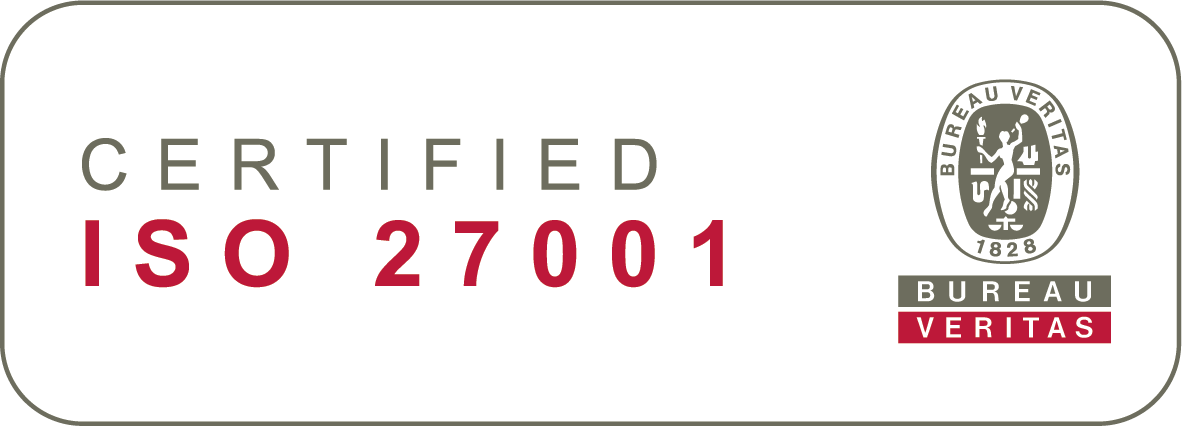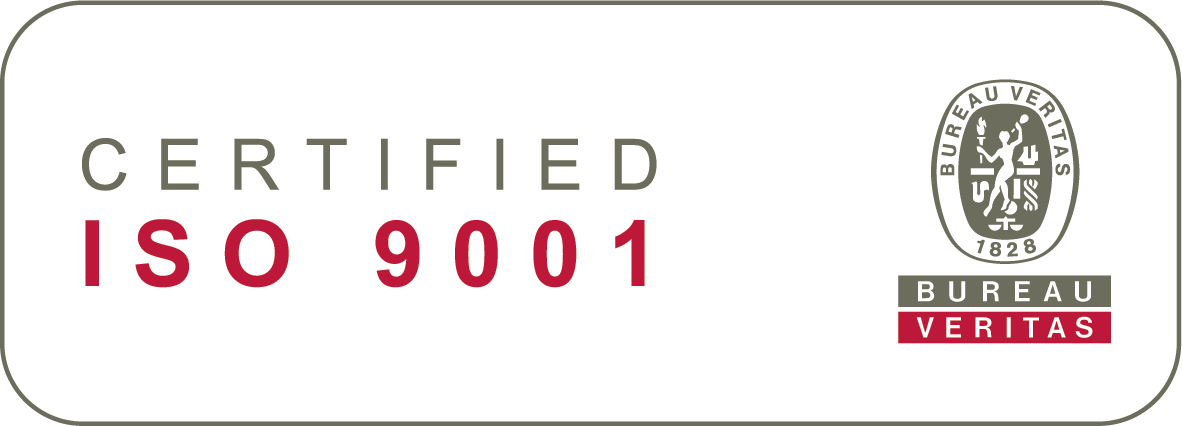HR Master Data: A Glossary of Key Data Points and Best Practices for Secure Storage
What is HR Master Data?
HR Master Data refers to the essential information about employees that organisations collect, store, and manage for effective human resource management. It serves as the foundation for various HR processes, including payroll, recruitment, performance management, and compliance reporting. Ensuring that HR master data is accurate, secure, and up to date is critical for both operational efficiency and legal compliance.
Beyond admin, HR master data is a strategic asset that enables leaders to make informed workforce decisions. It provides insights that go beyond payroll, helping organisations optimise workforce planning, talent management, and business agility.
Examples of HR master data include:
- Personal details (name, date of birth, contact details, address)
- Employment information (job title, department, manager, work location)
- Payroll data (salary, tax codes, bank details, benefits)
- Attendance and leave records (working hours, holiday entitlement, sick leave)
- Performance records (appraisals, key performance indicators, promotions)
- Training and development (certifications, completed courses, skill levels)
- Legal and compliance data (contracts, work permits, disciplinary records)
Key HR data points and their importance
Personal Details
Personal information is the foundation of HR master data, used for identification, communication, and payroll processing. This data must be accurate to ensure employees receive proper benefits and entitlements.
Employment Information
This data helps organisations track employee roles, reporting lines, and departmental structures, ensuring clarity in decision-making and resource allocation.
Payroll and Compensation
Accurate payroll data is essential for timely salary payments, tax compliance, and benefits administration. Errors in payroll can lead to employee dissatisfaction, financial penalties, and reputational damage.
Attendance and Leave Records
Tracking attendance and leave ensures workforce planning, compliance with labour laws, and accurate payroll processing. This data helps organisations manage absenteeism and maintain productivity.
Performance and Appraisal Data
Performance data is crucial for employee development, promotions, and rewards. It supports HR in making informed decisions about career progression and training needs.
Training and Development Records
Storing employee qualifications and training records ensures compliance with industry regulations and helps in workforce development. It enables HR to identify skill gaps and plan upskilling initiatives.
Legal and Compliance Documentation
Organisations must store work contracts, permits, and compliance-related records to ensure adherence to local employment laws and GDPR regulations. This prevents legal disputes and ensures smooth audits.
HR Master Data as a strategic asset
HR master data is not just about record-keeping, it plays a crucial role in strategic workforce planning and business agility. Organisations that harness their HR data effectively can make proactive, data-driven decisions to enhance productivity and employee satisfaction.
Strategic workforce planning: HR master data provides deep insights into talent distribution, skills gaps, and workforce trends, enabling leadership to plan reskilling initiatives, restructuring, and succession planning with confidence.
Flexibility and adaptability: Unlike payroll-focused systems that tie businesses to a single provider, a robust HR master data system allows organisations to integrate with multiple tools, ensuring flexibility as business needs evolve.
Advanced reporting and analytics
Beyond payroll numbers, HR master data enables organisations to track employee performance, engagement, and retention trends, providing a broader perspective on organisational health.
By leveraging HR master data strategically, organisations can align their HR initiatives with business goals, ensuring both long-term stability and short-term adaptability.
Using a HR system to Store HR Master Data
Using digital HR software to store master data offers several advantages over manual or paper-based systems:
Security and GDPR Compliance
In the UK and EU, the General Data Protection Regulation (GDPR) mandates strict controls over personal data processing. Online HR software provides encryption, role-based access, and audit trails to protect sensitive employee data. Compliance with GDPR ensures that organisations avoid hefty fines and maintain employee trust.
Centralised and Real-Time Access
An online HR system consolidates all employee data in a centralised database, making it easily accessible for HR professionals while maintaining strict access controls. This ensures data consistency, reducing errors and redundancies.
Automation and Efficiency
HR software automates processes such as payroll calculations, leave requests, and performance tracking. This reduces manual workload, minimises errors, and improves HR efficiency.
Informed Decision-Making
By integrating HR master data with advanced analytics, organisations can track key workforce metrics such as turnover rates, internal mobility, and training effectiveness. This empowers HR leaders to make data-driven decisions that support organisational growth.
Data Integrity and Accuracy
Online HR systems provide validation checks, preventing incorrect or incomplete data entries. Accurate data supports better decision-making and regulatory compliance.
Scalability and Adaptability
As organisations grow, an online HR system can easily scale to accommodate new employees and changing regulations. Cloud-based solutions ensure seamless updates and remote access.
Data Backup and Recovery
Unlike paper records or local spreadsheets, cloud-based HR software ensures data is backed up regularly, reducing the risk of data loss due to technical failures or cyber incidents.
Conclusion
HR master data is the backbone of effective human resource management, covering everything from personal details and payroll to compliance records and performance tracking. However, as a key driver of strategic decision-making, its true value extends beyond administrative tasks.
Storing this data securely in an online HR system ensures GDPR compliance, improves efficiency, and enhances data accuracy. By using HR master data to inform workforce planning, track employee engagement, and adapt to evolving business needs, organisations can optimise their HR strategies and remain competitive in a changing world.


